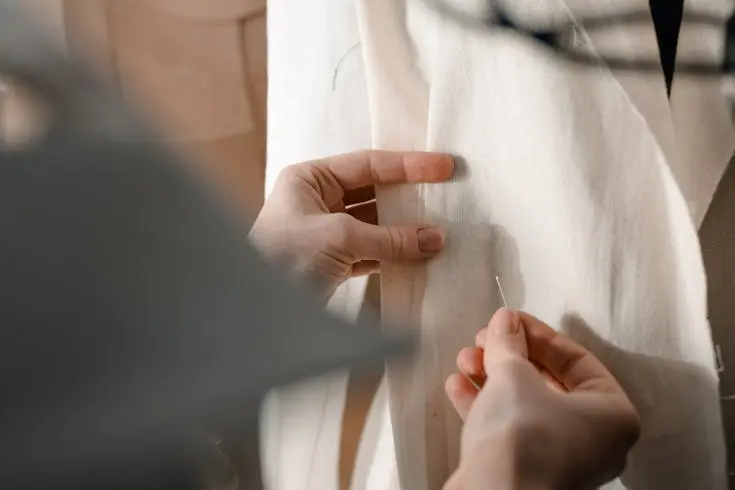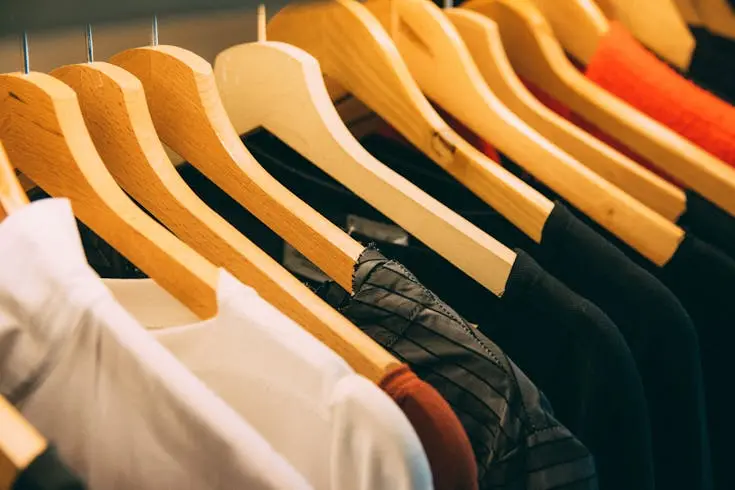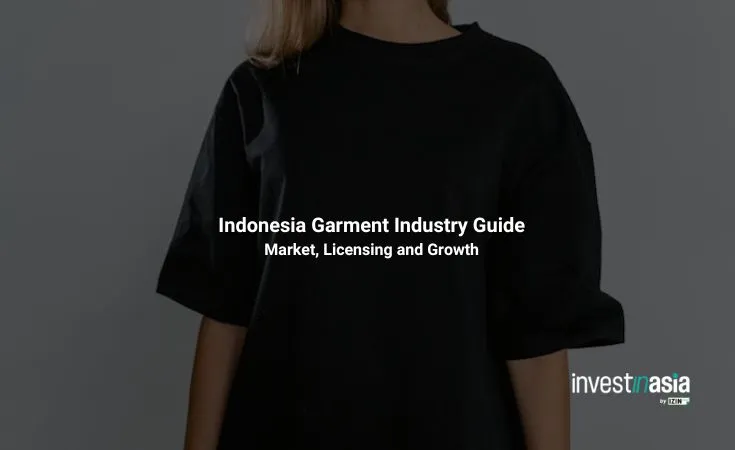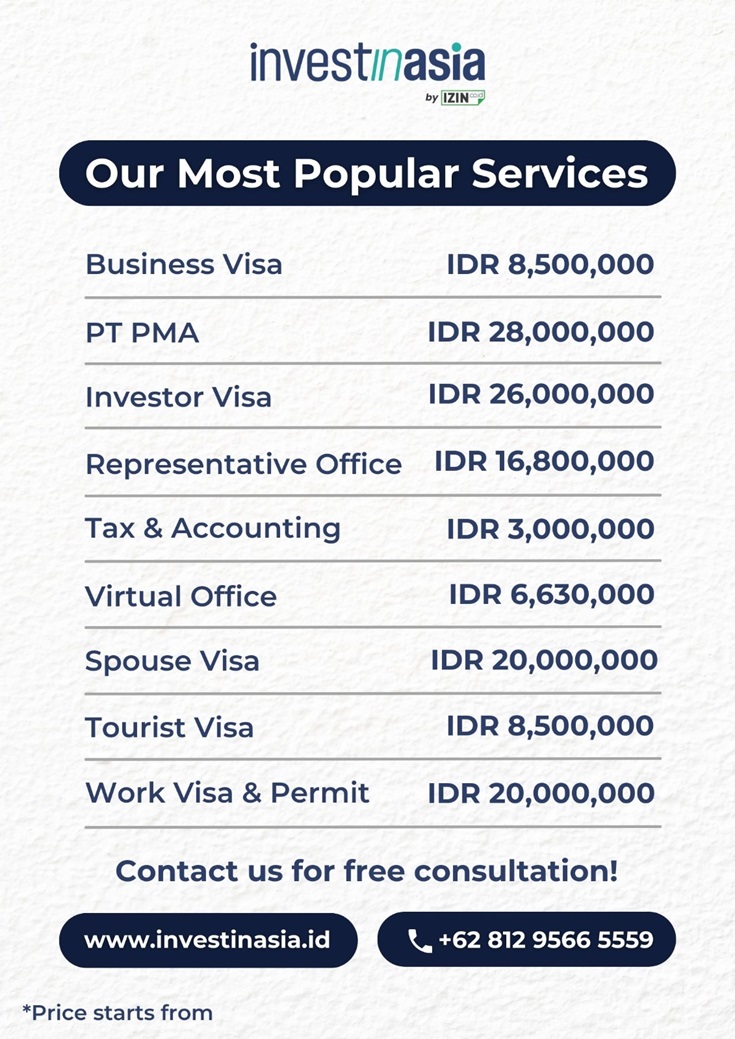Indonesia’s garment industry is one of the largest in Southeast Asia, producing billions in exports and employing over four million workers. Valued at USD 13.81 billion in 2024 and projected to reach USD 18.74 billion by 2032, it is both a national economic engine and a global manufacturing hub.
From yarn to ready-made apparel, Indonesia’s vertically integrated supply chain ensures competitive lead times, diverse product capability, and consistent quality, all while moving steadily toward sustainability and digitalization.
Also read: Major Industries in Indonesia (Based on Contribution to GDP)
Industry Potential and Market Drivers


Indonesia combines a strong domestic market of 277 million people with a robust export orientation. Roughly 70% of garment production goes abroad, mainly to the United States, Middle East, Japan, and the EU.
With government-backed modernization under Making Indonesia 4.0, about 40% of factories have upgraded to smart manufacturing systems, driving efficiency and eco-friendly practices. The domestic rise in middle-class spending and growing online retail penetration further sustain long-term demand.
Also read: Clothing and Fashion Industry in Indonesia: Outlook and Potential
Sectoral Structure and Value Chain
The industry’s three-tier structure supports resilience:
- Upstream: Synthetic and natural fiber production (polyester, cotton, rayon).
- Intermediate: Weaving, knitting, and finishing sectors that supply fabrics for both export and domestic apparel.
- Downstream: Garment manufacturing, embroidery, and finishing. This segment alone accounts for 59.5% of total textile market share in 2024.
Key categories include fashion apparel, traditional textiles (batik, tenun), and industrial fabrics used in automotive and construction sectors.
Also read: Indonesia Textile Industry: Outlook and Opportunities
Strategic Regions and Ecosystem Strength
Production clusters are concentrated in West Java, Central Java, East Java, and Banten, accounting for over 85% of employment. Central Java, home to Sritex and Pan Brothers, offers competitive labor costs, abundant industrial zones, and access to major ports.
The Kendal SEZ serves as a garment manufacturing hub with streamlined permits and up to 25 years of tax reduction, making it highly attractive for investors.
Legal Structure and Licensing for Foreign Investors
To operate legally, foreign investors must establish a PT PMA (Foreign Investment Company).
Our team at InvestinAsia regularly assists clients through every phase of setup, ensuring compliance and fast licensing under the OSS system.
Key Requirements:
- Minimum investment/capital: IDR 10 billion (~USD 660,000)
- Ownership: 100% foreign ownership permitted for garment manufacturing
- Processing time: Around 14 working days via OSS
Your PT PMA company registration involves several steps: deed notarization, MOLHR approval, tax registration, and obtaining a Business Identification Number (NIB), which serves as your business license and import permit.
At InvestinAsia, we simplify this process; helping you choose the right KBLI code, secure necessary import approvals, and manage SNI certifications. Our local legal team ensures your garment business operates fully compliant from day one.
Also read: From Paperwork to Profit: How InvestinAsia Simplifies the PT PMA Incorporation Journey
Competitive Edge of Indonesia’s Garment Industry


Here are some competitive points of the Indonesian garment industry compared to other countries:
1. Cost Efficiency: Average manufacturing wage stands at USD 194/month, lower than China and competitive with Vietnam.
2. Integrated Supply Chain: Domestic fiber-to-fabric capacity minimizes reliance on imports.
3. Strategic Trade Position: Access to ASEAN, Middle East, and future EU trade deals under IE-CEPA.
4. Sustainable Transition: Over 30% of factories now use eco-friendly materials and international certifications (GOTS, WRAP, OEKO-TEX).
These strengths position Indonesia as a mid- to high-value manufacturing base, ideal for investors seeking quality, scale, and sustainability.
Also read: Comparing Indonesia’s Foreign Business Entry Barriers vs. Other ASEAN Countries
Challenges and Industry Adjustments
Despite resilience, challenges persist: import dependency on synthetic materials, cheap imports from China, and new US tariffs (32%) on Indonesian exports. However, policy measures—including import VAT removal for cotton and super tax deductions for labor-intensive industries—are mitigating risks.
The government also invests heavily in vocational training and industrial digitalization to enhance productivity and workforce capability.
Future Outlook and Growth Opportunities
With 5% annual growth forecast through 2033, Indonesia’s garment sector is evolving into a modern, sustainable, and export-driven powerhouse. Key growth areas include:
- Technical textiles and athleisure for industrial and performance wear markets
- Halal and modest fashion, leveraging Indonesia’s global Muslim market leadership
- Digital transformation, enabling traceability and AI-powered production
By combining affordable labor, robust infrastructure, and favorable investment policies, Indonesia is set to attract even greater global attention as a long-term textile hub.
How to Start a Garment Business in Indonesia
If you’re planning to establish a textile or garment company, the first step is choosing the correct legal entity (PT PMA) and ensuring proper licensing under the OSS framework.
At InvestinAsia, we provide:
- End-to-end company registration and licensing
- Import and export permit setup
- Legal compliance with Indonesia’s industrial and labor regulations
- Advisory for SEZ or industrial zone entry to maximize incentives
Start your garment business in Indonesia today with InvestinAsia’s expert team.
Visit InvestinAsia’s Indonesia Company Registration Services to begin your registration process.
Chat us now for FREE consultation and get a special offer!
FAQs About Indonesia’s Garment Industry
Can foreign investors fully own garment companies in Indonesia?
Yes. The garment manufacturing sector allows 100% foreign ownership under PT PMA structure.
Which regions are best for garment production?
West Java and Central Java offer the best ecosystem—skilled labor, port access, and industrial parks.
Are there tax incentives for garment manufacturers?
Yes. Incentives include up to 20-year corporate tax holidays, import duty exemptions, and super deductions for R&D.
How long does it take to obtain a garment business license?
Typically 15–20 working days via the OSS system, depending on company structure and risk category.
What’s the growth outlook for Indonesia’s garment sector?
The sector is projected to grow at nearly 5% annually through 2033, driven by sustainability and export diversification.



